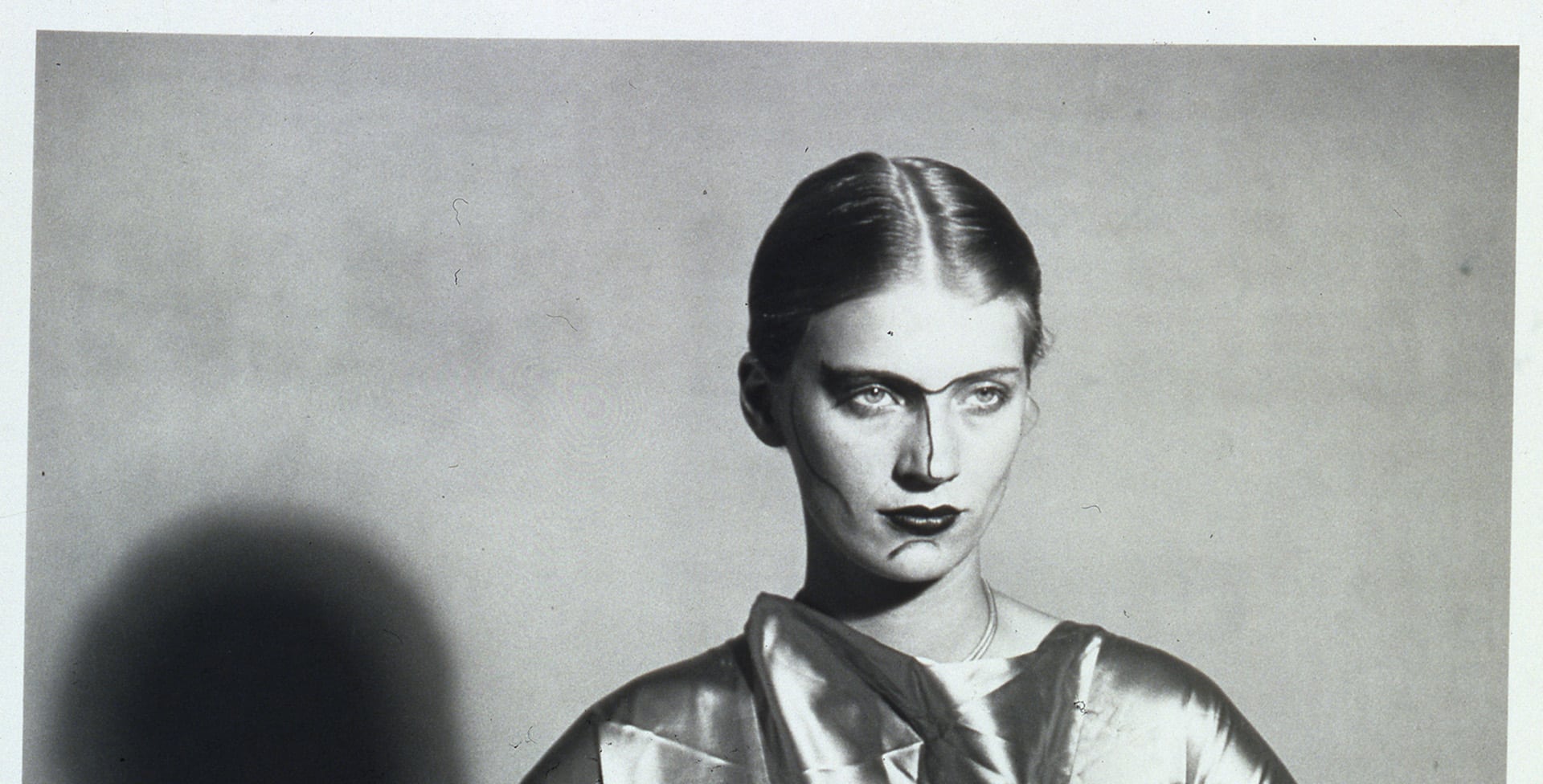An exhibition at the Musée du Luxembourg in Paris throws the fashion photographs by the American artist Man Ray’s back into limelight. It retraces the creative effervescence of the 1920s and 30s, and looks back at the emergence of a genre now synonymous with reinvention and going back to the roots: fashion photography.

You’re getting blind.
Don’t miss the best of visual arts. Subscribe for $9 per month or $108 $90 per year.
Already suscribed ?



